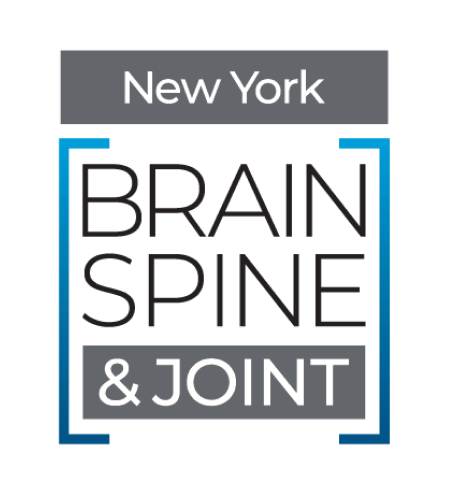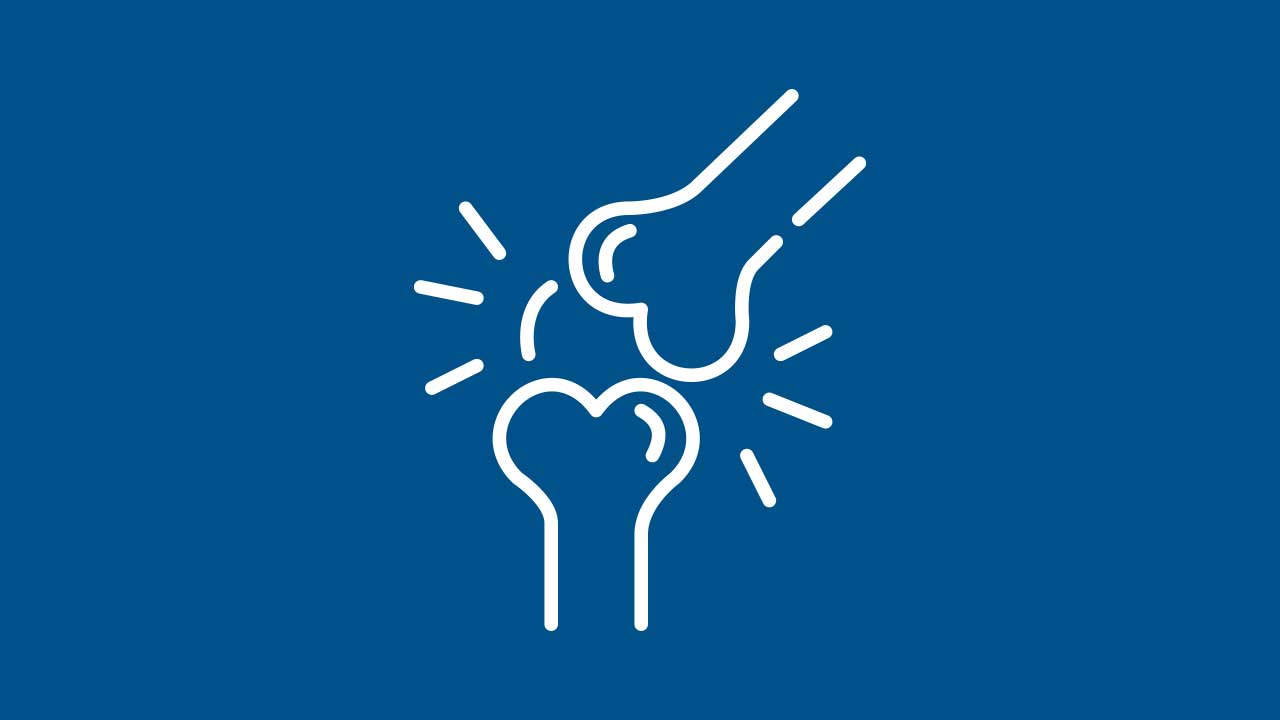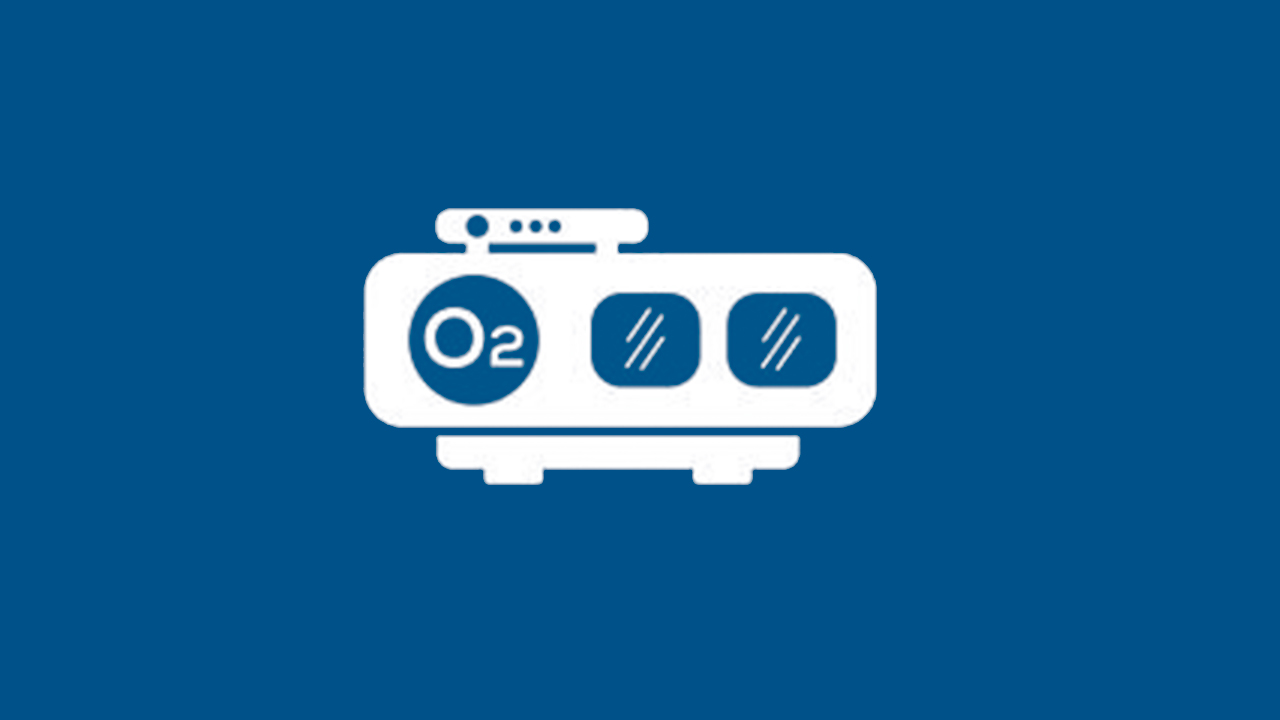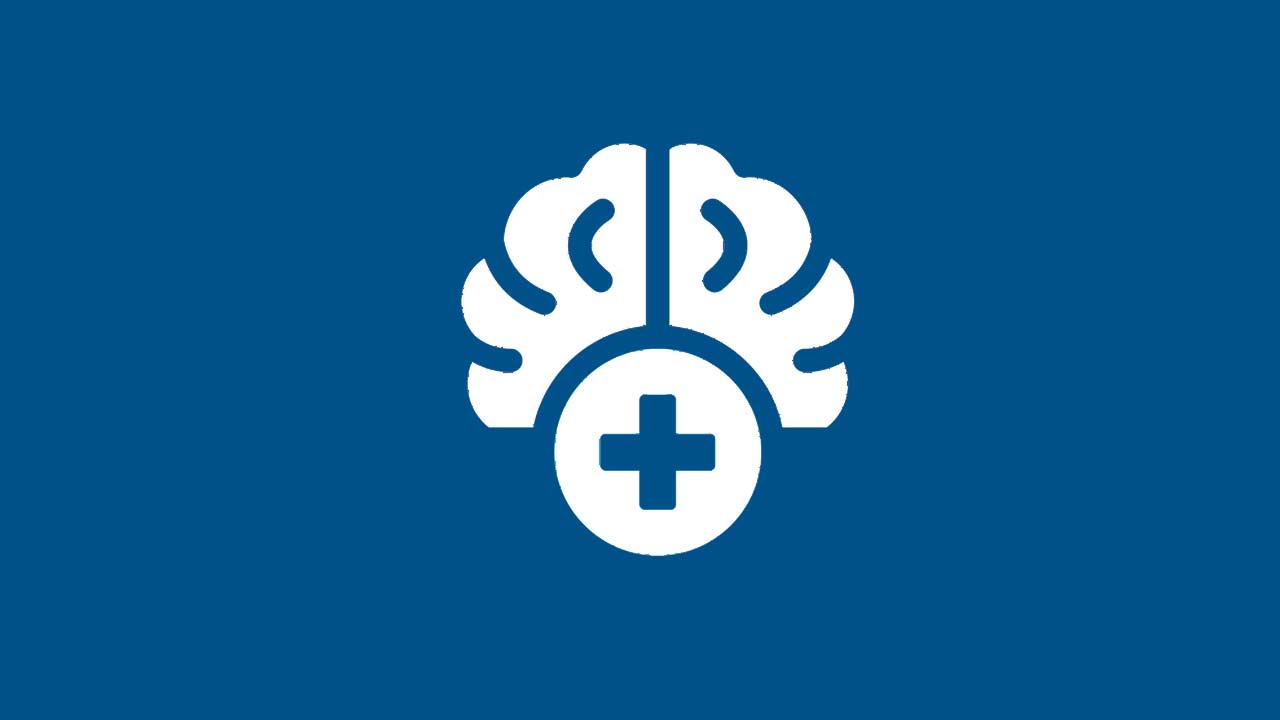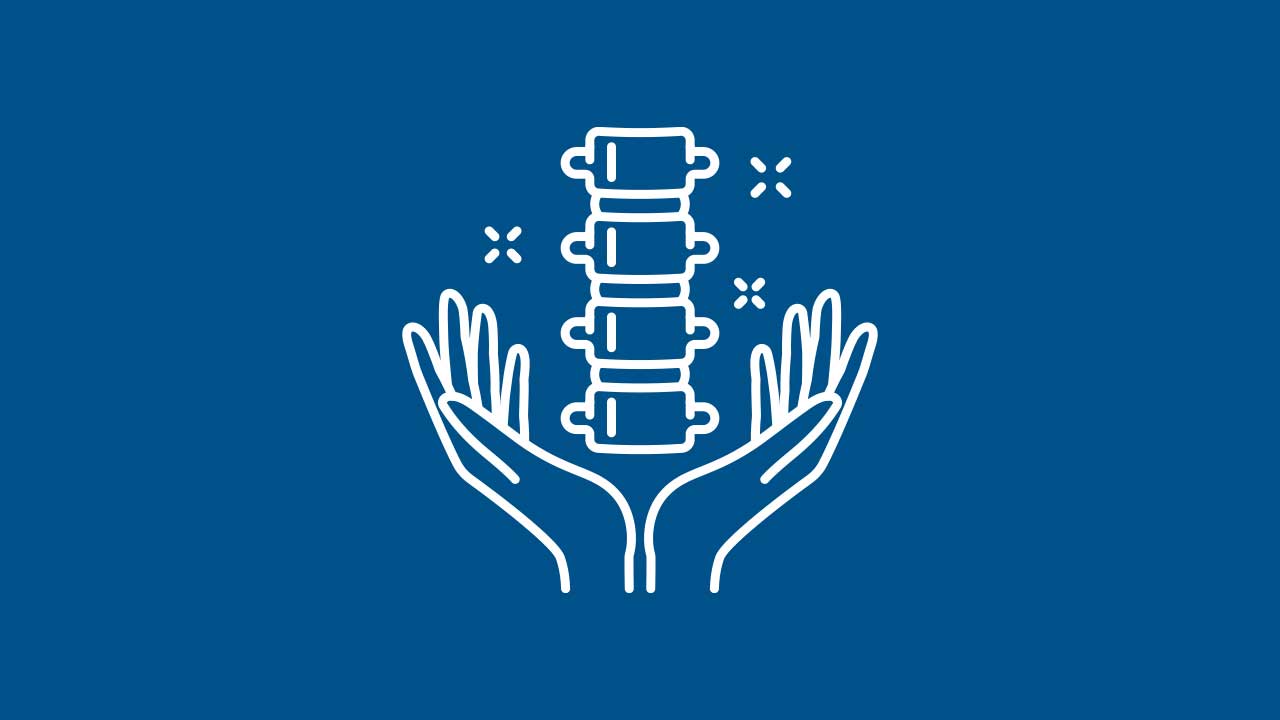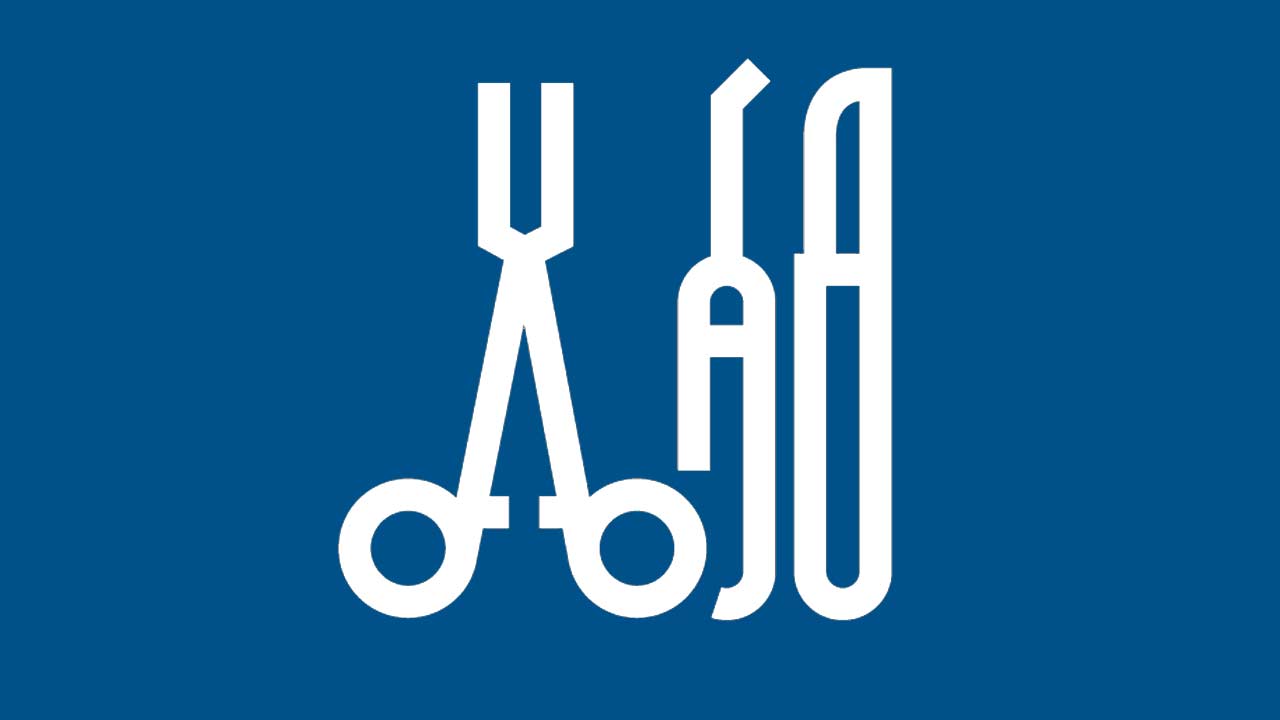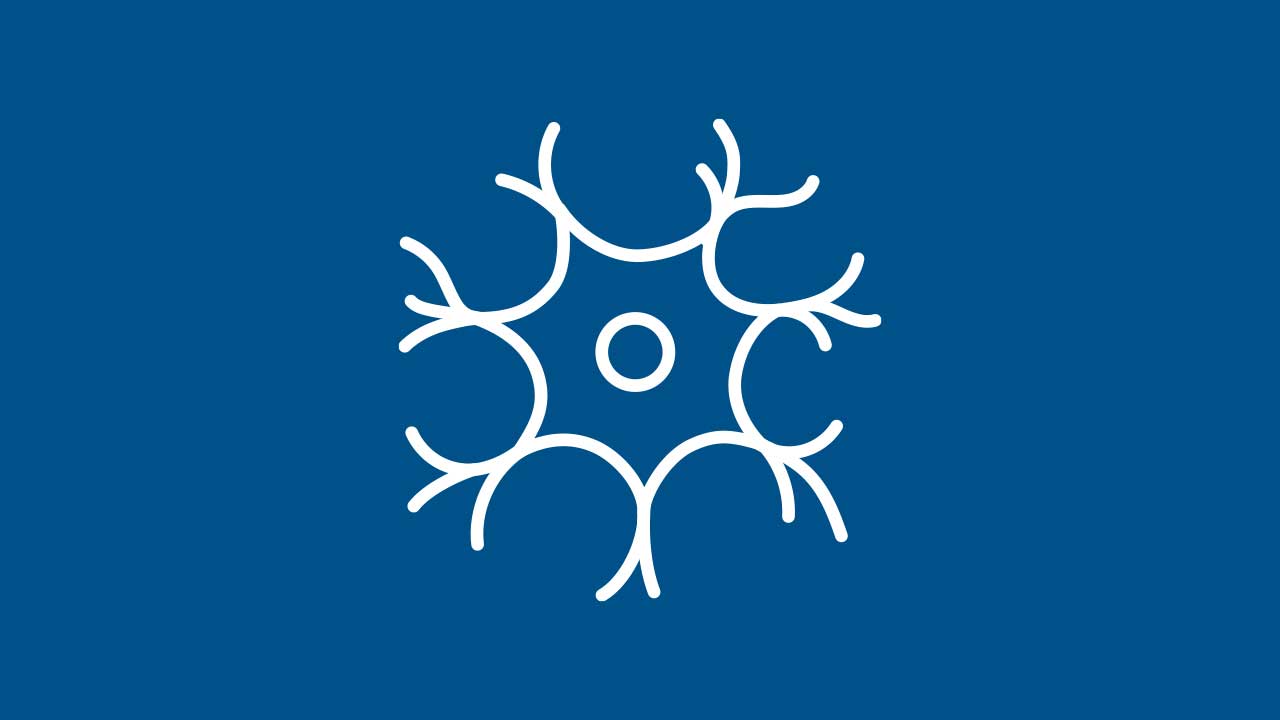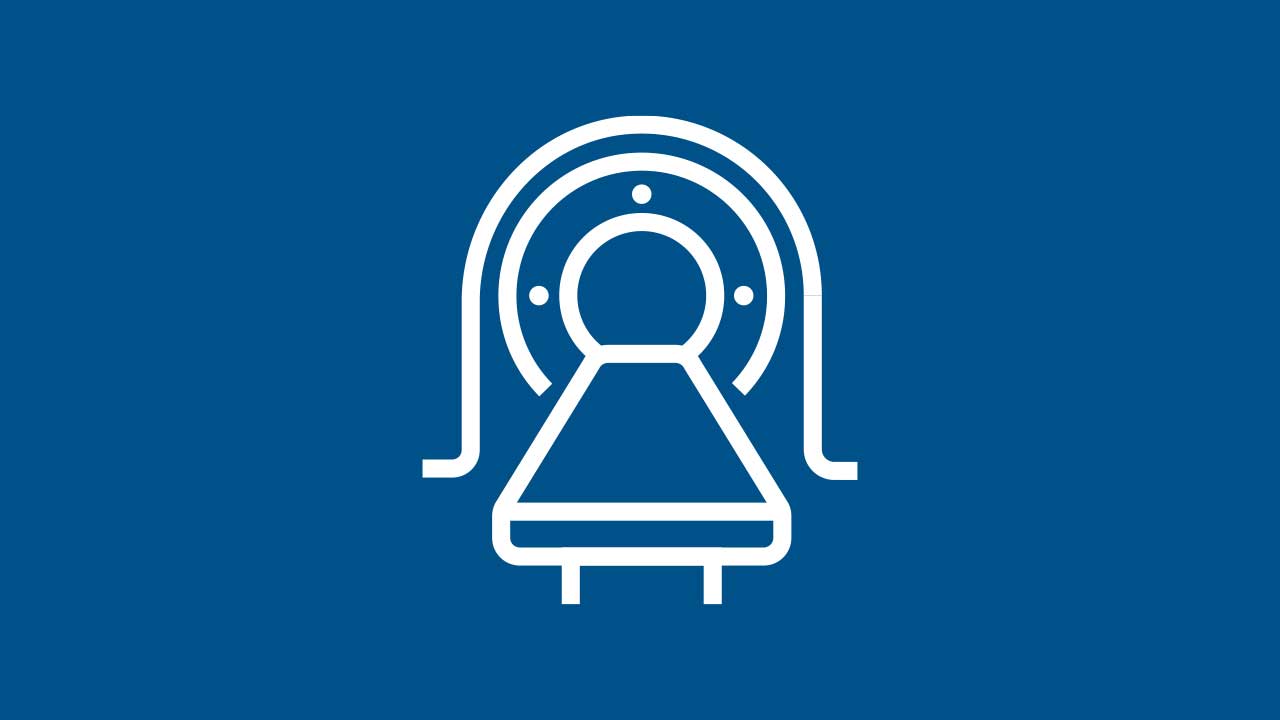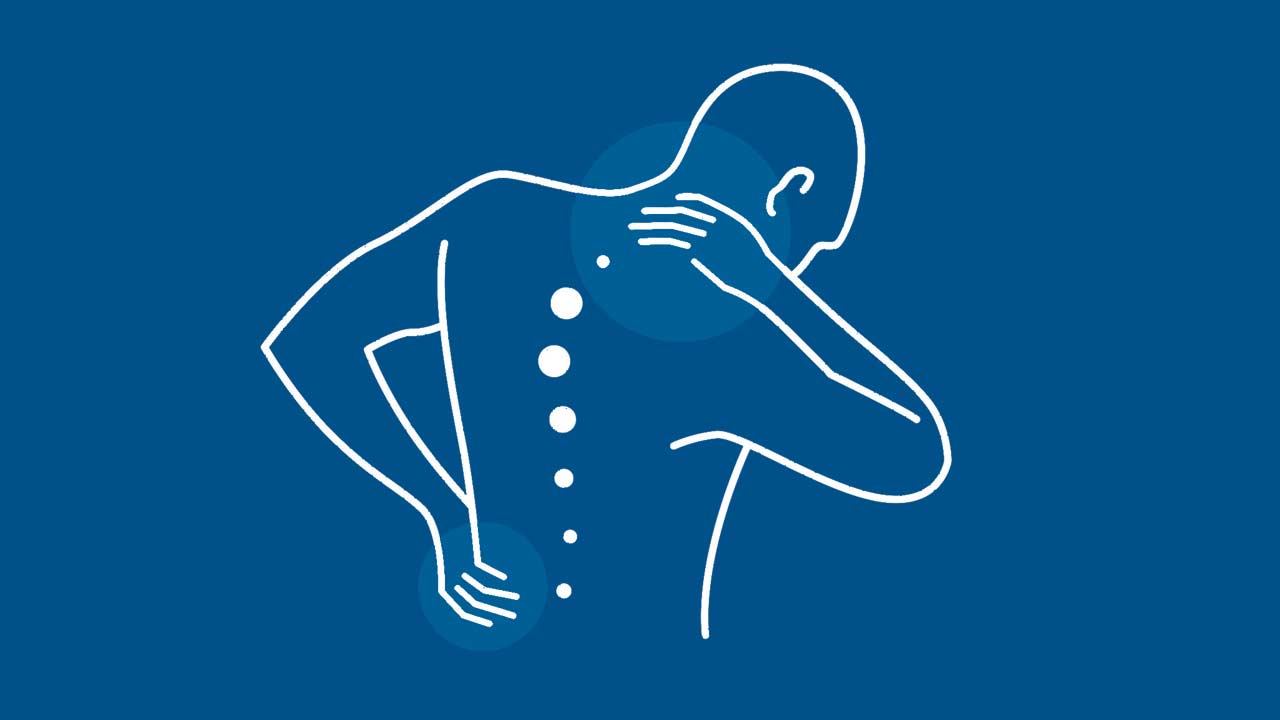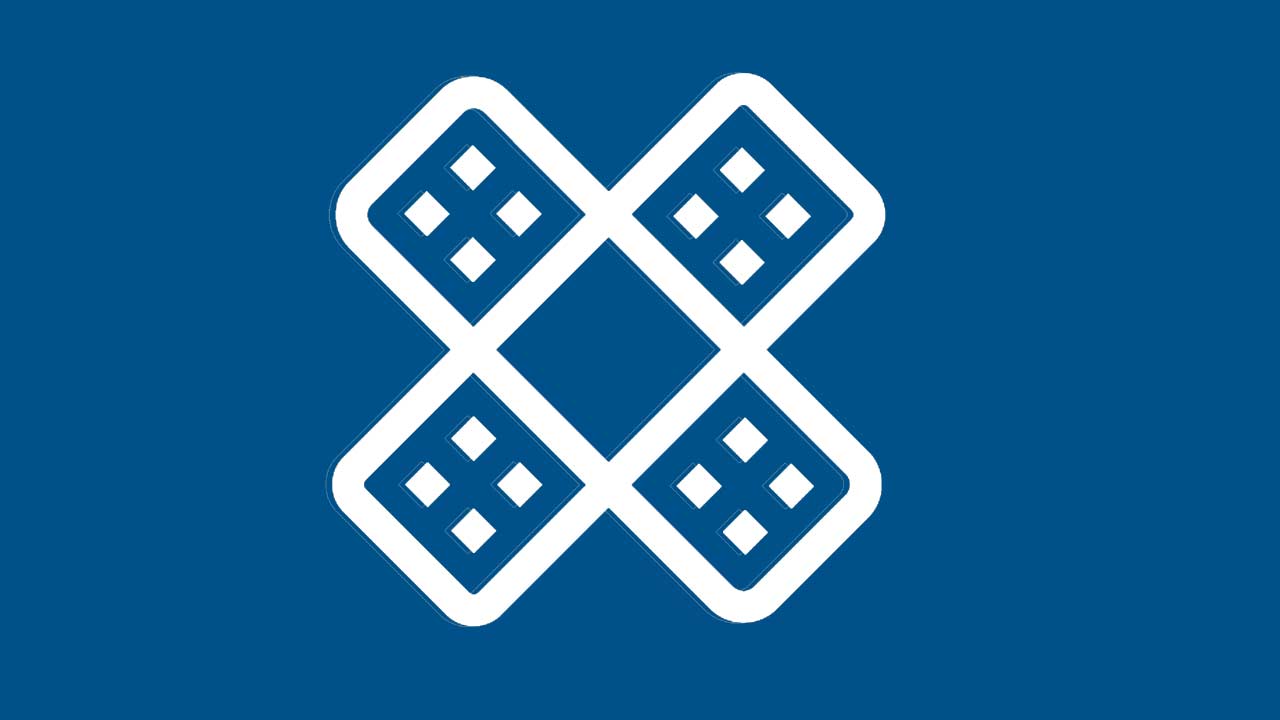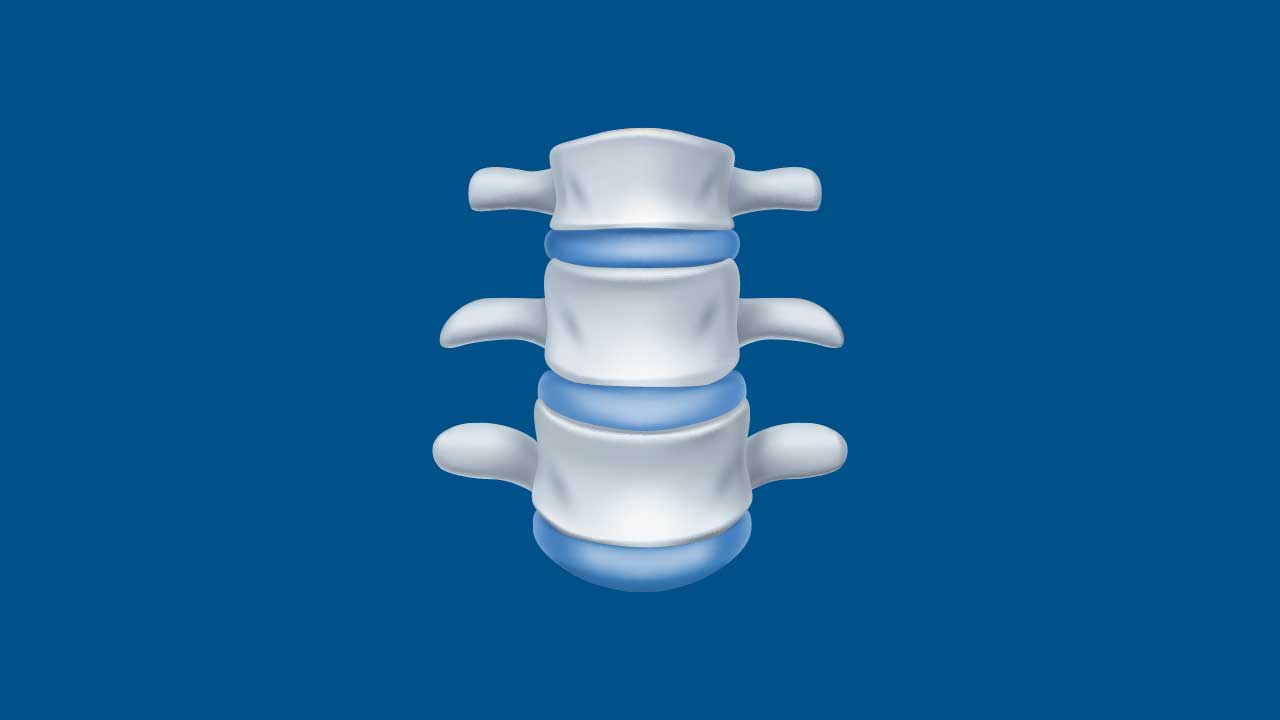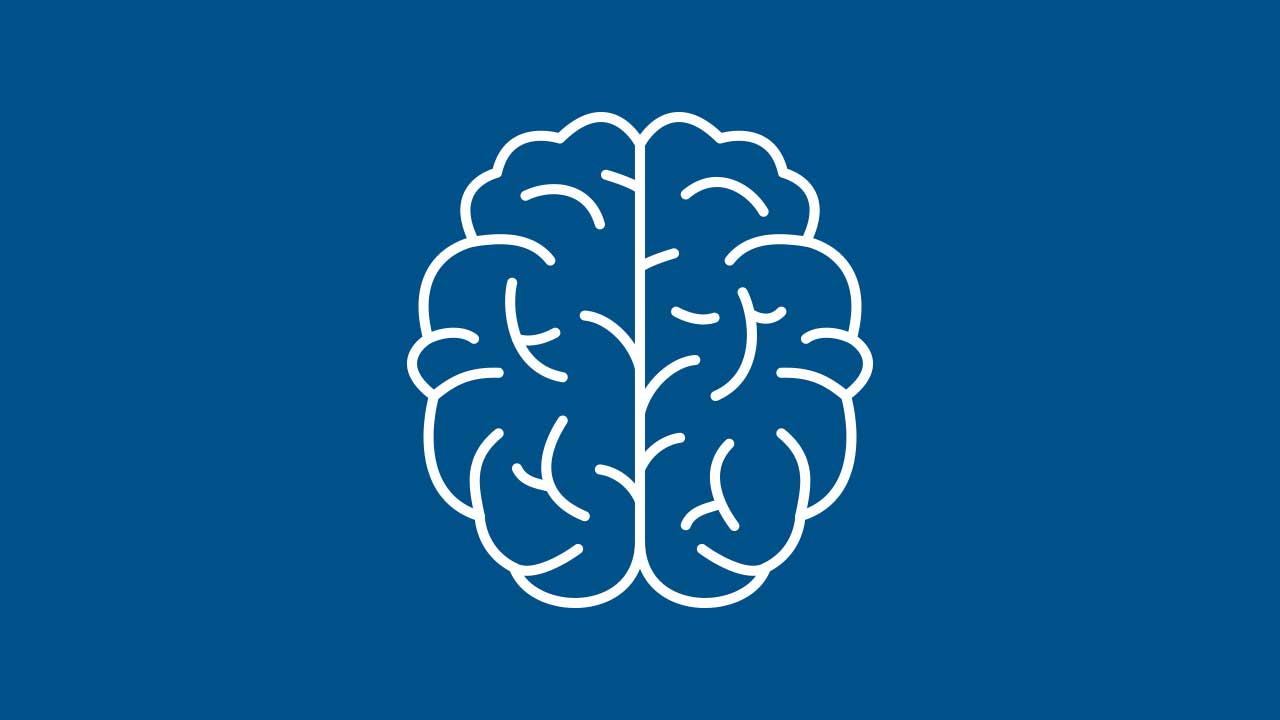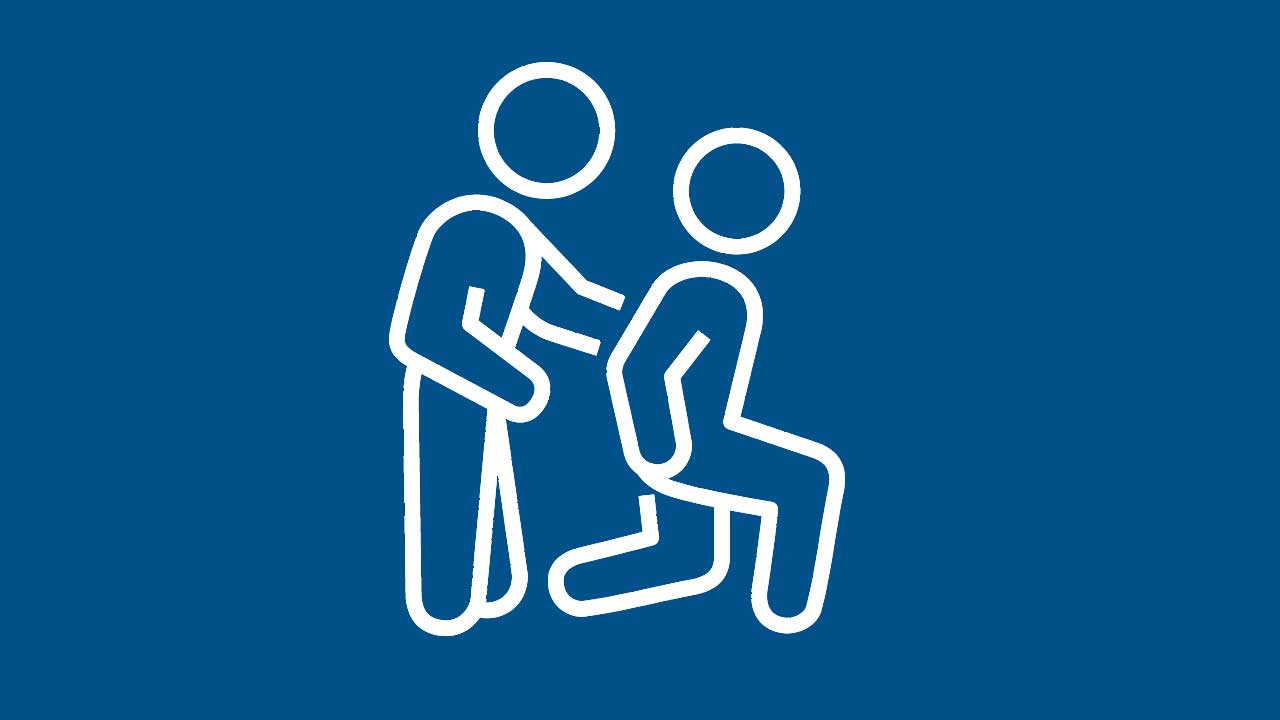Lumbar Herniated Disc
Lumbar Disc Herniation: Causes, Symptoms, and Treatment Options
A lumbar disc herniation—often referred to as a “slipped” or “ruptured” disc—occurs when the soft inner material of a spinal disc in the lower back (lumbar region) protrudes or leaks through a crack in the tough outer layer. This can put pressure on nearby nerves, leading to pain, numbness, and other symptoms in the back, buttocks, or legs. While lumbar disc herniation can be painful and disruptive, a range of effective treatment options is available to help individuals recover mobility and comfort.
Below, we discuss the key aspects of lumbar disc herniation, including causes, risk factors, common symptoms, diagnosis, and various treatment approaches. We also highlight the comprehensive care our multi-location, multi-disciplinary medical practice in the New York City metro area offers, ensuring patients from the region, nationwide, and across the globe receive top-quality spine care.
Understanding Lumbar Discs and Spinal Anatomy
The spine is composed of vertebrae that are stacked to create a protective channel for the spinal cord. Between each vertebra are intervertebral discs, which serve as shock absorbers and allow flexibility in the spine. Each disc has two parts:
-
Nucleus Pulposus: The soft, gel-like center.
- Annulus Fibrosus: The tough outer ring that contains the nucleus pulposus.
A lumbar disc herniation occurs when the nucleus pulposus pushes outward through a tear or weakening in the annulus fibrosus. This protrusion can irritate or compress nearby spinal nerves, resulting in a variety of symptoms.
Causes and Risk Factors
-
Degenerative Changes
Age-Related Wear and Tear: Over time, the discs naturally lose hydration and elasticity, making them more susceptible to tears and herniation.
Osteoarthritis: Arthritic changes in the spine can exacerbate disc issues. -
Repetitive Strain or Trauma
Heavy Lifting: Improper lifting techniques or repetitive heavy lifting can increase the likelihood of disc damage.
Sudden Injuries: A fall, sports collision, or high-impact event can lead to acute disc herniation. -
Genetics
A family history of disc problems may predispose some individuals to degenerative disc disease or herniation. -
Lifestyle Factors
Obesity: Excess body weight places added stress on the lumbar spine.
Sedentary Lifestyle: Weak core and back muscles can fail to provide adequate spinal support.
Smoking: Nicotine reduces blood supply to spinal discs, accelerating degenerative changes.
Common Symptoms of Lumbar Disc Herniation
-
Lower Back Pain
Typically a deep, aching pain that may worsen with movement, such as bending or lifting. -
Sciatica
Pain, tingling, or numbness that radiates along the path of the sciatic nerve—from the lower back, through the buttocks, and down one leg. This is a hallmark sign of nerve root compression. -
Muscle Weakness
Weakness in the leg or foot, affecting balance or gait. In some cases, foot drop (inability to lift the front part of the foot) can occur. -
Numbness or Tingling
“Pins and needles” sensations in the buttocks, thighs, calves, or feet. This can vary in intensity, sometimes leading to decreased sensation. -
Loss of Bladder or Bowel Control
Rarely, a severe disc herniation can compress nerves that control bladder or bowel function. This requires immediate medical attention.
Diagnosis
-
Medical History and Physical Examination
A doctor reviews your symptoms, medical background, and lifestyle factors.
Reflexes, muscle strength, and sensory changes are assessed to identify possible nerve involvement. -
Imaging Tests
X-rays: Help rule out other causes of back pain, such as fractures or significant structural abnormalities.
MRI: Offers a detailed view of spinal discs, nerves, and soft tissues, confirming the location and severity of any herniation.
CT Scan: May be used if MRI is not an option, possibly combined with a contrast dye (myelogram) for enhanced visualization. -
Electromyography (EMG) / Nerve Conduction Studies
Measures the electrical activity of nerves and muscles to detect damage or compression.
Non-Surgical Treatment Options
In many cases, lumbar disc herniation can be managed effectively with conservative therapies—especially when diagnosed early.
-
Medications
NSAIDs (Nonsteroidal Anti-Inflammatory Drugs): Help reduce inflammation and pain.
Muscle Relaxants: Provide short-term relief if muscle spasms are present.
Oral Steroids: High-dose, short-term regimens can help decrease swelling around the nerve roots. -
Physical Therapy
Targeted Exercises: Improve core strength, spinal alignment, and flexibility.
Manual Therapy: Gentle mobilization of the spine and surrounding tissues may alleviate pressure on the affected disc.
Posture and Ergonomic Training: Guidance on proper lifting, standing, and sitting habits to reduce further strain. -
Epidural Steroid Injections
A corticosteroid solution can be injected around the irritated nerve root to lessen inflammation and pain, often in conjunction with physical therapy. -
Activity Modification
Short-Term Rest: A brief period of reduced activity may ease pain, though prolonged bed rest is generally discouraged.
Lifestyle Adjustments: Weight management, smoking cessation, and low-impact exercises (like swimming or walking) support longer-term recovery and spinal health.
Surgical Treatment Options
Surgery is considered when conservative methods fail to provide relief or if severe nerve compression poses a risk of permanent nerve damage. Common surgical procedures for lumbar disc herniation include:
-
Microdiscectomy
A minimally invasive approach where a surgeon removes the herniated portion of the disc, relieving pressure on nerve roots.
Typically involves smaller incisions, leading to shorter recovery times and reduced scarring. -
Laminectomy
Removal or reshaping of the lamina (part of the vertebral bone) to create more space for the spinal cord and nerves. -
Spinal Fusion
If spinal instability is present, fusion may be performed to join two or more vertebrae, using bone grafts or instrumentation (plates, screws, rods). -
Artificial Disc Replacement
In selected cases, replacing a damaged disc with an artificial implant can preserve some spinal motion while relieving nerve compression.
Recovery and Rehabilitation
-
Postoperative Care
Pain management, wound care, and early mobilization are integral to preventing complications.
A short hospital stay may be required for observation following certain procedures. -
Physical Therapy
Tailored exercises help rebuild muscle strength, promote flexibility, and enhance spinal stability.
Instruction on safe movement patterns and ongoing adjustments to daily activities reduce the risk of re-injury. -
Long-Term Maintenance
Maintaining a healthy weight, staying active with low-impact exercises, and avoiding smoking or other harmful habits are key to sustaining spine health.
Periodic check-ups with your medical team allow for early detection of any new disc-related issues.
Our Multi-Disciplinary Spine Care in NYC
Our multi-location, multi-disciplinary practice in the New York City metro area brings together neurosurgeons, orthopedic spine surgeons, pain management experts, and rehabilitation specialists to provide the highest standard of care for brain, spine, and joint conditions. We are committed to delivering:
- Comprehensive Evaluations: Using advanced imaging and diagnostic tools.
- Collaborative Treatment Plans: Non-surgical therapies, minimally invasive procedures, and state-of-the-art surgical interventions.
- Global Accessibility: Serving patients from across New York, the United States, and worldwide with coordinated resources for travel and accommodation.
Through a personalized approach, we strive to alleviate pain, restore function, and help you return to your daily activities as quickly and safely as possible.
Additional Resources
-
MedlinePlus: Herniated Disk
- National Institute of Neurological Disorders and Stroke (NINDS): Low Back Pain Fact Sheet
Disclaimer - This article is for informational purposes only and does not replace professional medical advice. Always consult with a qualified healthcare provider about any questions regarding a medical condition, diagnosis, or treatment plan.
